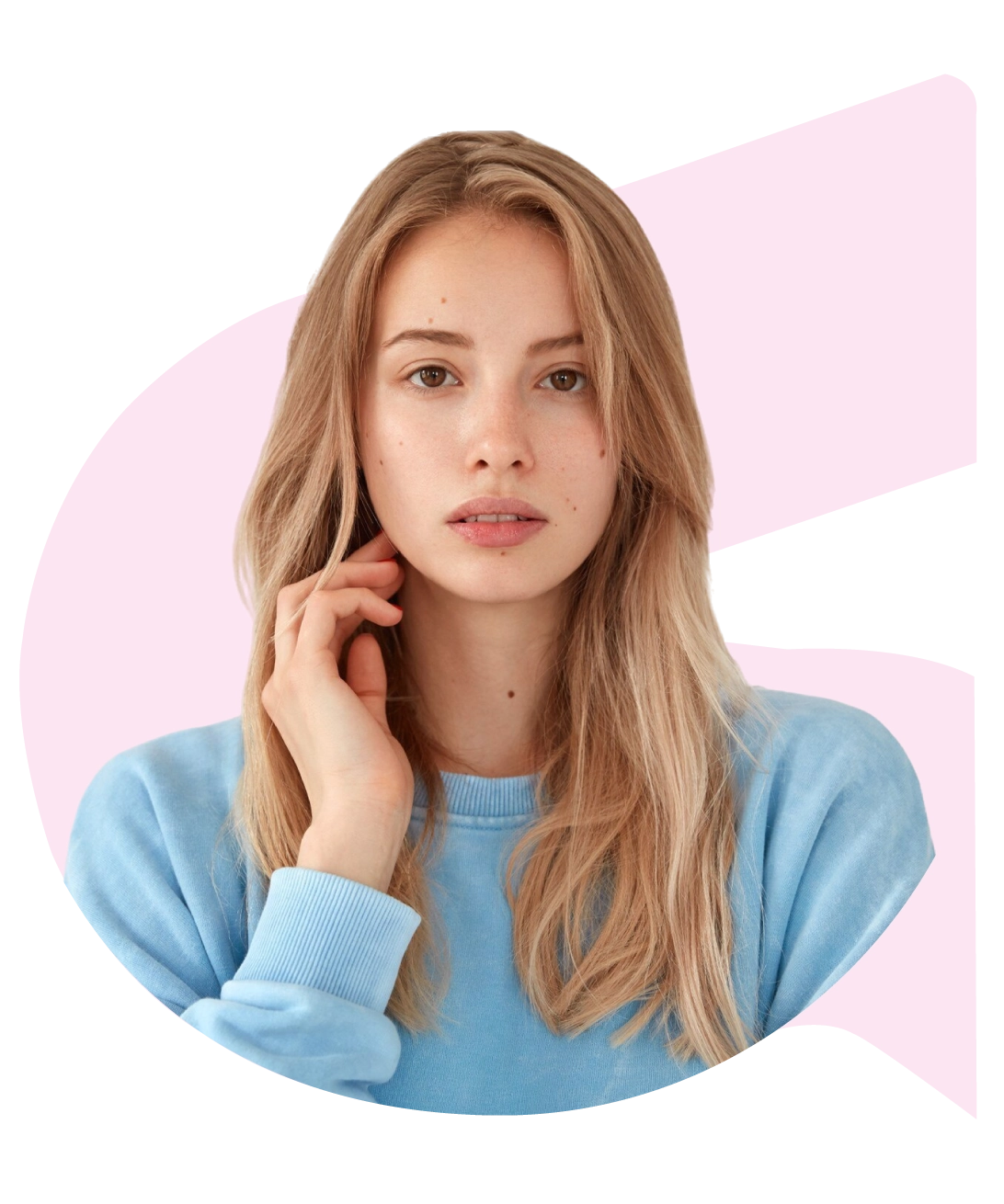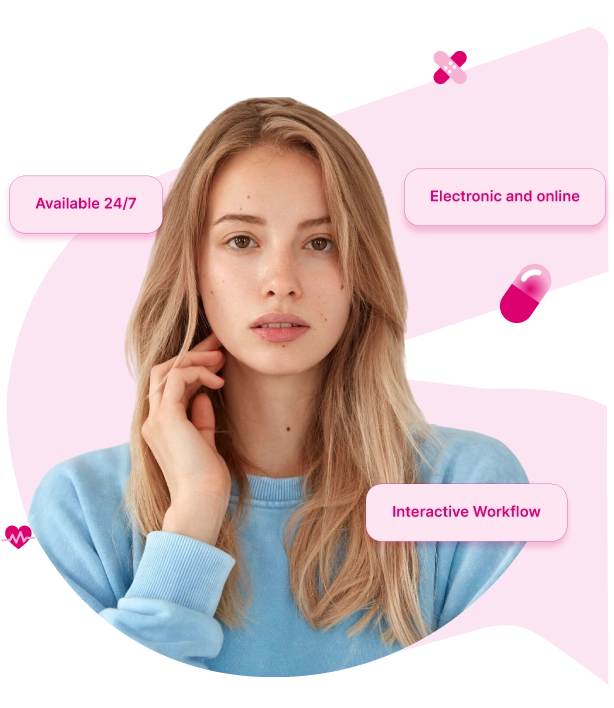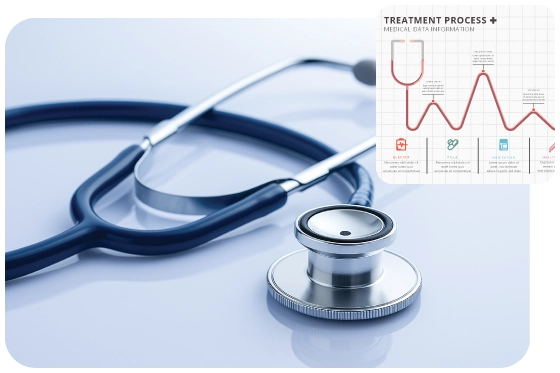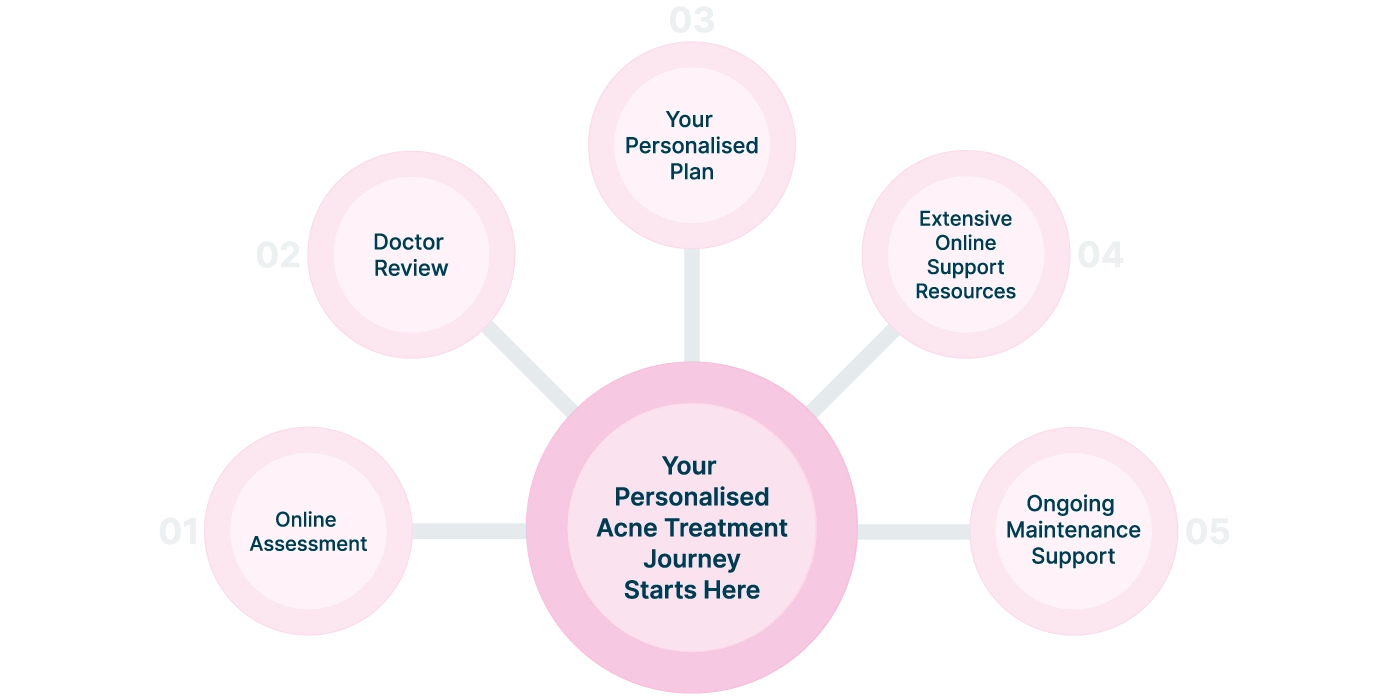List of All Services Offered By Prime Medic
List of All Services Offered By Prime Medic
List of All Services Offered By Prime Medic
List of All Services Offered By Prime Medic
List of All Services Offered By Prime Medic
List of All Services Offered By Prime Medic
100% Australian Owned



Looking for a doctor who gets you? Prime Medic is your go-to for online doctor consultations — fast, easy and reliable. Whether you're at home, at work or on the move, our AHPRA-registered doctors are just a click away to help with prescriptions, medical certificates and more. No more waiting rooms or long trips. Just book, chat and get the treatment you need — anytime, anywhere. And with over 250,000 appointments and 150,000+ users, Aussies trust us to have their health under control. Ready for hassle-free healthcare? Book now
Our Health Care Services
Accessing Premium Healthcare Made Easy with Prime Medic. Benefit from Consultations of up to
15 Minutes with Registered Australian Doctors
Create your account or sign in securely.
Choose your preferred date and time slot.
Get connected with your doctor for a consultation

Get Your Consultation In 6 Easy Steps:
Before we get into treatment options, let's break down what acne really is. Acne, sometimes called acne vulgaris, is more than just pimples popping up randomly. It's when hair follicles get clogged with dead skin cells, oil, and bacteria that cause acne. Hormones, especially androgens, turn up the sebaceous glands to produce more oil, which can lead to inflammation and red, painful bumps.
You might experience:
And guess what? There are different types of acne from mild to moderate acne (which can be effectively managed with topical treatments) to severe cystic acne, and each needs a slightly different approach.
One of the trickiest types is hormonal acne, especially common in women. It's linked to the ups and downs of your menstrual cycle and hormone fluctuations like increased androgen levels. These hormones stimulate the oil glands, causing flare-ups mostly around the jawline, chin, and lower face.
If you've been struggling with breakouts that come and go with your cycle, our platform offers targeted hormonal acne treatment plans. Our online doctors can prescribe treatments that balance your hormones or reduce oil production, helping to keep your skin clear and your confidence high.
Who has time to wait weeks for a dermatologist appointment? With our acne consult online, you get:
Whether you have mild to moderate acne or need to treat severe acne, our online acne treatment options fit your lifestyle. Skip the waiting room and get fast results.
Acne treatment is not one-size-fits-all. Depending on your type of acne, severity, and skin type, different options suit you best. Here’s the lowdown:
This is usually the first step for mild to moderate acne. Topicals include:
These reduce inflammation, kill bacteria, and speed up skin cell turnover.
For moderate to severe acne (think cystic acne), doctors might prescribe oral antibiotics, hormonal treatments, or isotretinoin under strict supervision.
Acne scars can be as frustrating as acne itself. We offer advice on effective acne scar treatment options like topical creams (including acne scar cream) and recommend dermatology referrals for advanced procedures.
Post-inflammatory hyperpigmentation (dark spots) often lingers after pimples heal. Treatments include dark spot cream with ingredients like vitamin C or niacinamide that help even your skin tone.
If hormone imbalances trigger your acne, your online doctor might suggest hormonal therapy to regulate androgen levels.
Acne treatment is not one-size-fits-all. Depending on your type of acne, severity and skin type, different options suit you best. Here’s the lowdown:
This is usually the first step for mild to moderate acne. Topicals include:
These reduce inflammation, kill bacteria and speed up skin cell turnover.
For moderate to severe acne can often be treated with effective acne treatment (think cystic acne), doctors might prescribe oral antibiotics, hormonal treatments or isotretinoin under strict supervision.
Acne scars can be as frustrating as acne itself. We offer advice on effective acne scar treatment options like topical creams (including acne scar cream) and recommend dermatology referrals for advanced procedures.
Post-inflammatory hyperpigmentation (dark spots) often lingers after pimples heal. Treatments include dark spot cream with ingredients like vitamin C or niacinamide that help even your skin tone.
If hormone imbalances trigger your acne, your online doctor might suggest hormonal therapy to regulate androgen levels
While your treatment plan is key, here are some extra tips to help:
Remember, acne is more than skin deep. It can affect how you feel about yourself, but you’re not defined by it. With our online acne treatment, you can reduce breakouts, fade scars, and get that radiant, confident skin. Don't wait for perfect skin – start today with a quick online consult. Whether it’s your first breakout or a long-time battle with acne, we’ve got you covered.
Some common questions asked by you
Leaving acne untreated can lead to scarring and may exacerbate the cause of acne.
Early and effective treatment reduces lesions, prevents scars, and promotes healthy skin.
You deserve the best acne treatment — and we can make it happen without the hassle.